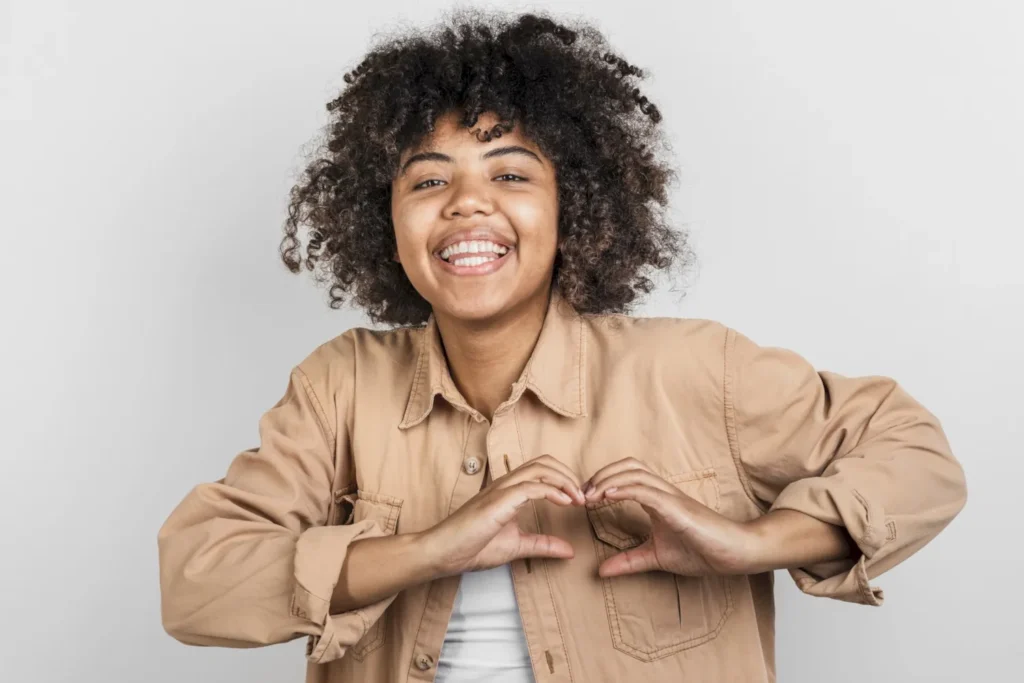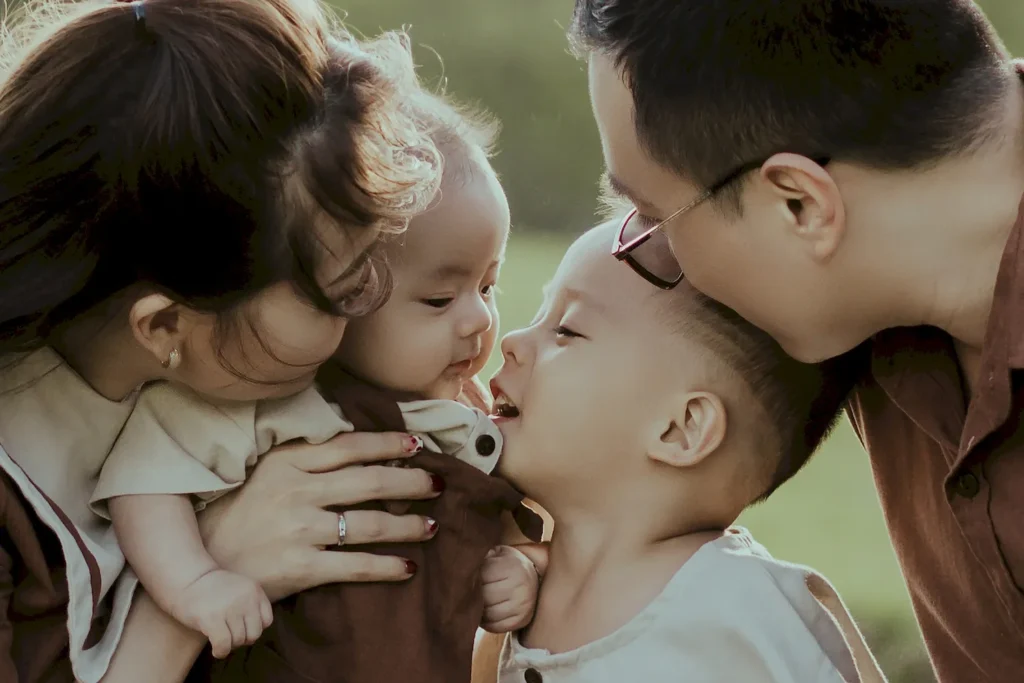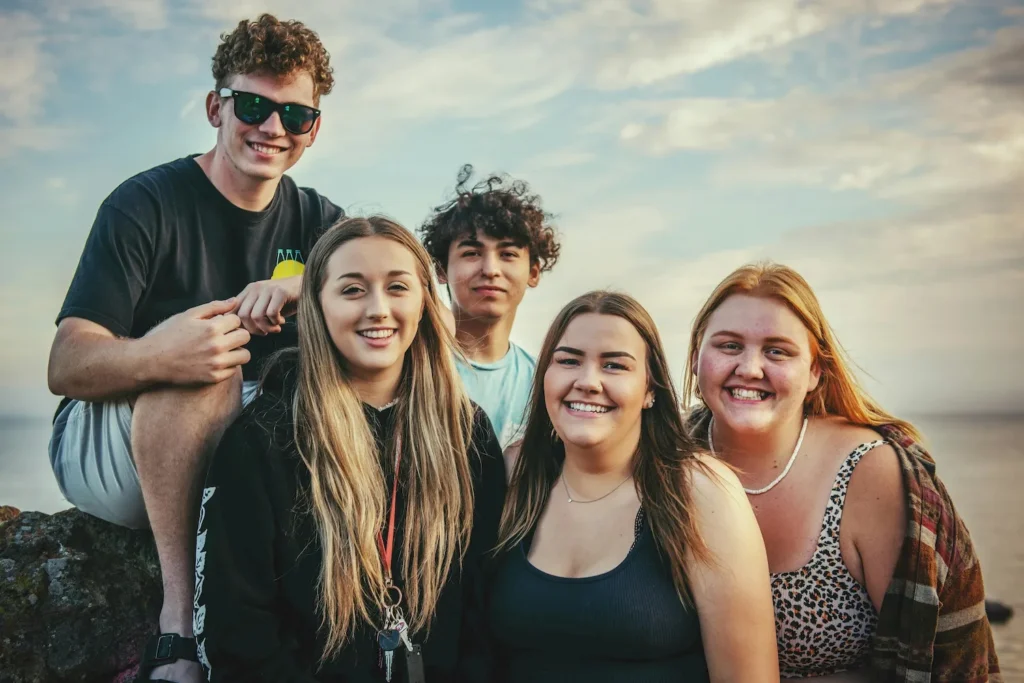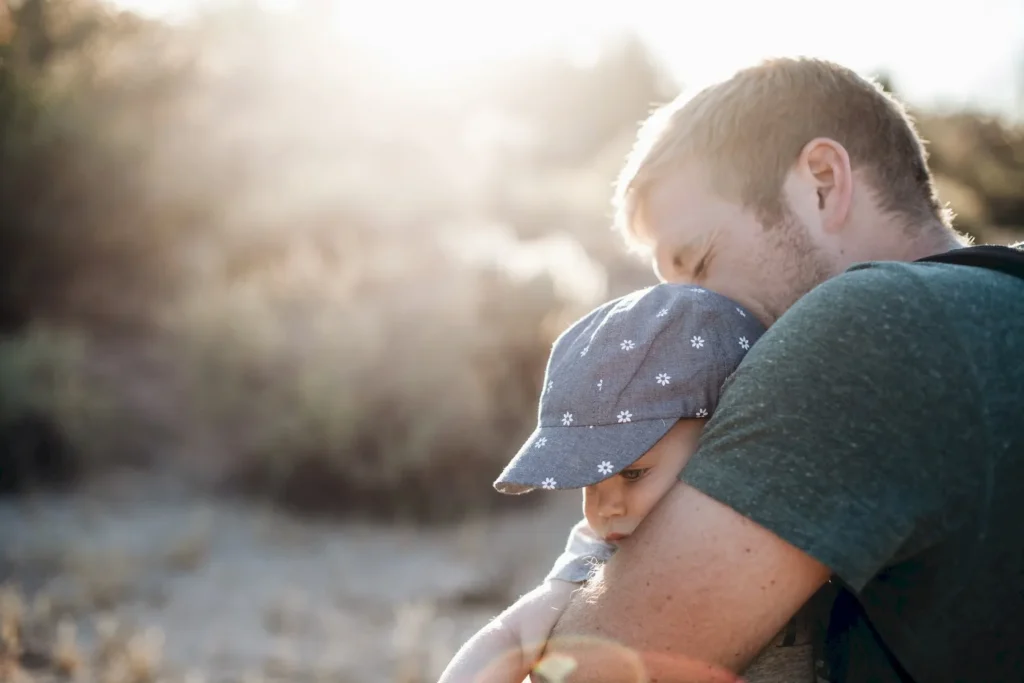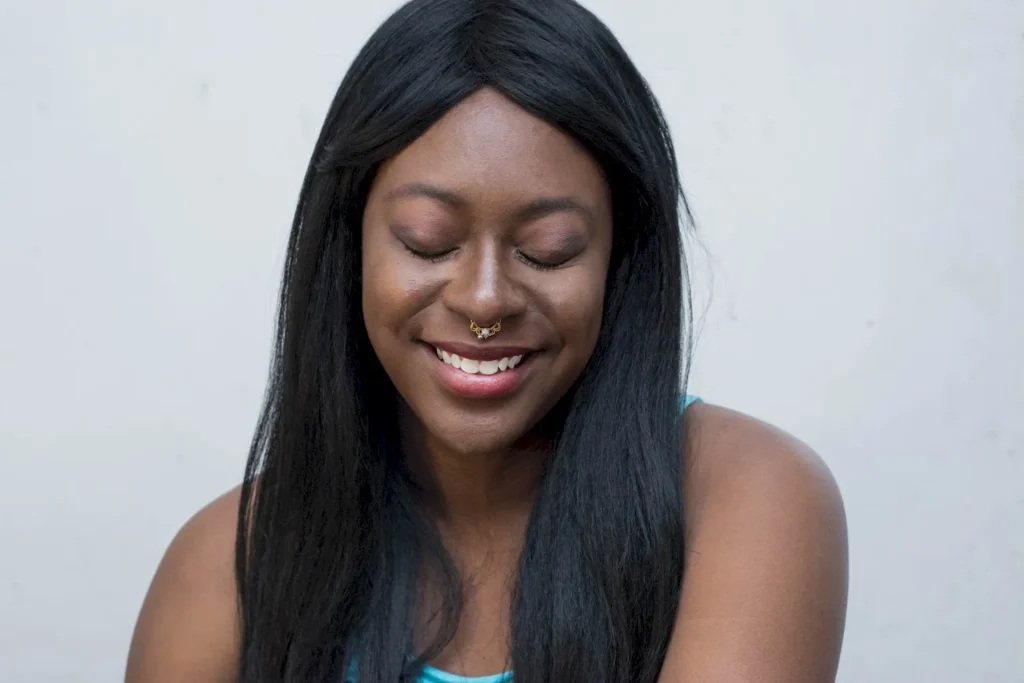What are the key signs and symptoms of an opiate overdose that can help someone recognize this medical emergency and respond effectively? Get help from qualified counsellors.The Crisis Of Opiate Overdose Demands Our Urgent Response
The Moment Everything Stops
It usually starts quietly. A parent knocks on a bedroom door that’s been closed too long. A partner calls a name that gets no response. Someone finds their friend slumped over, skin pale and lips turning blue. Panic takes over, but seconds matter. This is the reality of an opiate overdose, and it’s unfolding in homes, cars, and bathrooms every single day.
For many, it’s not about “junkies in back alleys.” It’s people with names and histories, a son who started on prescription painkillers, a nurse using after long shifts, a father who didn’t realise one pill too many could kill him. Opiate overdoses aren’t confined to stereotypes, they happen to people who never thought it would be them. And in those few terrifying minutes before help arrives, what you do, or don’t do, can mean life or death.
What an Opiate Overdose Actually Looks Like
Opiate overdoses don’t always look like movie scenes. Sometimes, it looks like someone “just sleeping.” Their breathing slows down to a whisper, shallow, erratic, sometimes with a faint snore or gurgle. Their pupils shrink to pinpoints, and their lips start losing colour. Within minutes, their brain and organs are starved of oxygen.
People around them often hesitate. They think the person is “just tired” or “sleeping it off.” But those few minutes of uncertainty are deadly. When someone is unresponsive, breathing slowly, or has skin turning blue, it’s not time to wait. It’s time to act.
Why Every Second Counts
Opiates, whether heroin, morphine, fentanyl, or even prescription painkillers, suppress the brain’s ability to control breathing. The body literally forgets to inhale. Within four to six minutes without oxygen, the brain starts shutting down.
That’s the cruel twist of overdose, the line between life and death is often just minutes wide. In that narrow window, the right response can restore breathing, reverse the overdose, and save a life. The wrong response, hesitation, fear, or ignorance, can end one.
An overdose doesn’t give you time to think; it demands that you act.
The 7 Steps to Saving a Life
1. Call for Help
Your first move isn’t to panic or shake the person, it’s to call emergency services. In South Africa, dial 10111. In the U.S., it’s 911. Tell them it’s an overdose and give your location clearly. Don’t hang up. Stay on the line while they guide you through next steps.
If you’re not alone, send someone else to call while you stay with the person. Seconds matter, every delay reduces their chance of survival.
2. Check for Responsiveness
Try to rouse the person. Call their name, rub your knuckles firmly across their chest (the sternum). If they don’t respond, check their breathing and pulse. If it’s slow, shallow, or absent, this is an emergency.
3. Administer Naloxone
Naloxone (brand name Narcan) is a life-saving medication that reverses opioid overdoses by blocking the drug’s effect on the brain. It’s available as a nasal spray or injection. If you have it, use it immediately. Spray one dose into one nostril, or inject it into the thigh or upper arm.
Even if you’re not sure it’s an opioid overdose, use it anyway. It can’t harm someone who isn’t overdosing. It can only save them if they are.
After administering, continue rescue breathing and CPR. If there’s no response in two to three minutes, give a second dose.
4. Provide Rescue Breathing
If the person isn’t breathing, start rescue breaths. Tilt their head back, lift their chin, and clear any obstructions from their mouth. Pinch their nose, make a seal over their mouth, and give two slow breaths. Watch for their chest to rise. Continue with one breath every five seconds until help arrives or the person starts breathing on their own.
5. Perform CPR
If the person has no pulse, begin CPR. Push hard and fast in the centre of the chest, about 100–120 compressions per minute (to the rhythm of “Stayin’ Alive,” if it helps). Continue until emergency responders arrive.
It’s exhausting, but remember, this could restart a heartbeat.
6. Stay With the Person
Even if they wake up, don’t leave them. Naloxone wears off within 30 to 90 minutes, but opioids can stay in the system much longer. Once the naloxone fades, the person can slip back into overdose. Keep them calm, conscious, and breathing until medical help takes over.
7. Tell the Truth to Paramedics
When help arrives, give them everything you know, what drug was used, when, and how much. Paramedics aren’t there to judge, they’re there to save lives. Accurate information helps them treat faster and more effectively.
The Emotional Fallout of Survival
Surviving an overdose often comes with confusion, guilt, or denial. Many wake up angry, not grateful. The brain is in chaos, the body in shock, and shame floods in.
But here’s the reality most families don’t know, after an overdose, the person’s tolerance plummets. If they use again, even the same amount as before, the risk of death skyrockets. That’s why immediate treatment is critical. The period after an overdose is one of the most dangerous windows in addiction recovery. It’s also one of the most powerful opportunities for change.
This is the time to act, not to wait. Encourage detox, rehab, and therapy. Connect them with professionals who understand the biology of addiction, not just the behaviour.
The Family’s Role, Panic, Denial, and Preparation
Families often freeze in the face of overdose. Fear, shame, and uncertainty take over. But overdose preparedness isn’t morbid, it’s compassionate. Having naloxone on hand, knowing the signs, and being ready to act isn’t enabling drug use, it’s preparing to save a life.
If your loved one uses opioids, legal or not, treat overdose preparedness like CPR training, something you hope you’ll never need, but can’t afford not to know. Families who act calmly and knowledgeably during an overdose often make the difference between survival and tragedy.
The Myths That Kill
Too many people die because of bad information. Let’s clear the air:
- “If they’re breathing, they’re fine.”
Wrong. Irregular, slow, or noisy breathing is a red flag, not a sign of rest. - “They just need to sleep it off.”
No — they need oxygen. Every minute of delay increases brain damage risk. - “Naloxone encourages drug use.”
False. Naloxone saves lives. It doesn’t cause addiction. - “Only heavy users overdose.”
Not true. Overdose often happens after periods of abstinence, after jail, detox, or recovery lapses.
Why We’re Still Losing So Many Lives
Despite awareness campaigns, the world is still drowning in opiate-related deaths. South Africa, like many countries, faces a quiet epidemic. Overdoses are underreported, often labelled as “heart failure” or “unknown causes.” Families hide the truth, fearing stigma more than grief.
Until we start treating overdose like a health emergency, not a moral failure, we’ll keep burying people who could have been saved. Education, access to naloxone, and open conversations are the only way forward. Shame doesn’t stop addiction, it just stops people from asking for help.
From Survival to Recovery
An overdose survivor doesn’t need a lecture. They need a lifeline. Rehab isn’t punishment, it’s protection. Opiate addiction rewires the brain, making relapse almost inevitable without structured care. That’s why detox, therapy, and long-term treatment are critical.
At We Do Recover, we connect families to accredited rehabilitation centres that handle the medical and emotional complexities of opiate addiction. We help people move from crisis management to sustainable recovery, guiding families through the storm and into safety.
A Collective Responsibility
Communities can and should prepare for overdose response the same way we prepare for fires or first aid. Schools, clinics, and workplaces should have naloxone on hand. Imagine if every bouncer, teacher, or parent knew how to recognise and reverse an overdose. Imagine how many lives could be saved before the ambulance even arrives.
International programs have shown that community naloxone training drastically reduces overdose deaths. It’s time South Africa followed suit, because prevention starts with awareness, and awareness starts with us.
You Don’t Need to Be a Medic to Save a Life
Opiate overdose is reversible. What kills isn’t the drug alone, it’s hesitation, shame, and ignorance. Knowing what to do, acting fast, and refusing to let stigma silence you are the most powerful tools you have. You don’t need to be a doctor to save a life. You just need to know how to act when it matters.
If someone you love is using, prepare yourself. Learn the signs. Get naloxone. Know your emergency numbers. And when that moment comes, act. Because love isn’t passive. It’s doing what needs to be done when nobody else can.
If your family needs guidance on overdose preparedness or addiction treatment, reach out to We Do Recover today. We’ll help you take the next step, for them, and for you.
How can support from treatment and groups like AA make a critical difference in recognizing and overcoming addiction?
How can experiencing a relapse in addiction recovery ultimately contribute to achieving lasting success in sobriety?









